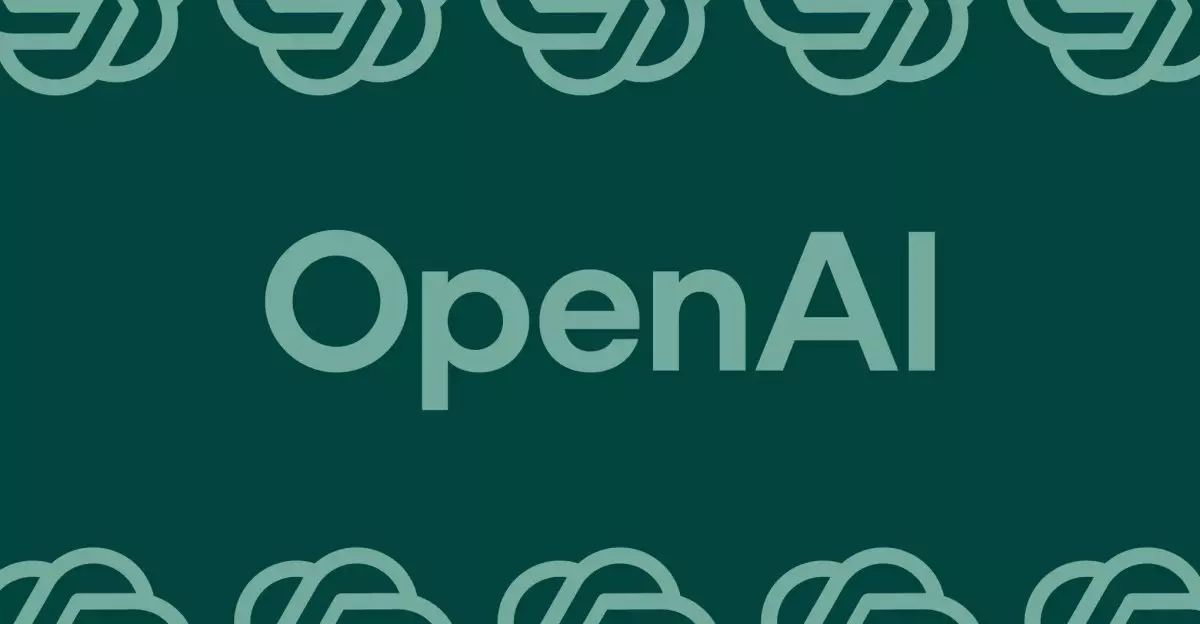In a strategic maneuver that marks a pivotal evolution for OpenAI, the organization has restructured its leadership team to streamline and enhance its operational efficiency. This decision, announced recently, emphasizes the growing need for distinct focus areas within the company’s upper management. Brad Lightcap is set to take the reins on day-to-day operations, while CEO Sam Altman will redirect his expertise into the realms of research and product development. This reshuffle not only reveals the company’s adaptive strategy in a fluctuating tech landscape but also highlights its ambition to maintain a cutting-edge edge in AI innovation amidst leadership changes.
Enhanced Responsibilities for Lightcap
With this new arrangement, Lightcap’s responsibilities will encompass overseeing daily operations, navigating international market expansion, and fostering critical partnerships with pivotal tech industry players such as Microsoft and Apple. This shift underlines OpenAI’s intent to harness Lightcap’s experience in operational management, thereby positioning the company for a more robust global presence. The emphasis on operational oversight signals a recognition that as OpenAI’s products reach a wider audience—potentially hundreds of millions—there is a pressing need for coherent and adaptive management at all levels.
Sam Altman’s Strategic Focus
Altman’s transition to a more research-oriented role underlines a significant philosophical commitment at OpenAI: a belief that the advancement of AI must be paired with responsible development and engagement. While he retains his position as CEO, his reallocation of efforts signals a desire to ensure that the technological innovations being produced align with ethical standards. The company’s most promising technologies hinge not just on innovation, but on the creation of frameworks that guide their application. Altman’s deeper involvement in research and product efforts hints at an evolving corporate ethos—one that prioritizes thoughtful integration of technology into society.
Strategic Promotions and Future Growth
OpenAI has also made noteworthy internal promotions, elevating Mark Chen to chief research officer and Julia Villagra to chief people officer. Chen’s transition from senior vice president of research highlights the continuous emphasis on strengthening the company’s research arm, which is paramount as OpenAI progresses further into uncharted territories of AI. Likewise, Villagra’s promotion reflects an awareness of the human element intrinsic to any tech-driven organization, reinforcing the importance of nurturing talent in alignment with operational goals.
Unabashed Progress Amid Challenges
OpenAI’s leadership changes reflect an adaptive response to recent departures that left voids in their executive ranks. Former CTO Mira Murati and chief research officer Bob McGrew’s exits created challenges, but Altman’s assertion that such transitions are a “natural part” of organizational evolution showcases a culture that embraces change rather than resisting it. This dynamic shift, while it may create short-term disruptions, aligns with OpenAI’s broader mission to remain a leader in frontier AI research—a commitment that, if executed successfully, could position the company at the forefront of technological advancement for years to come.
These strategic shifts within OpenAI’s leadership not only tackle immediate operational needs but also prepare the company for a future rich with possibilities and challenges. The spotlight is firmly placed on how these decisions will influence the broader landscape of AI development and its integration into the fabric of everyday life.

